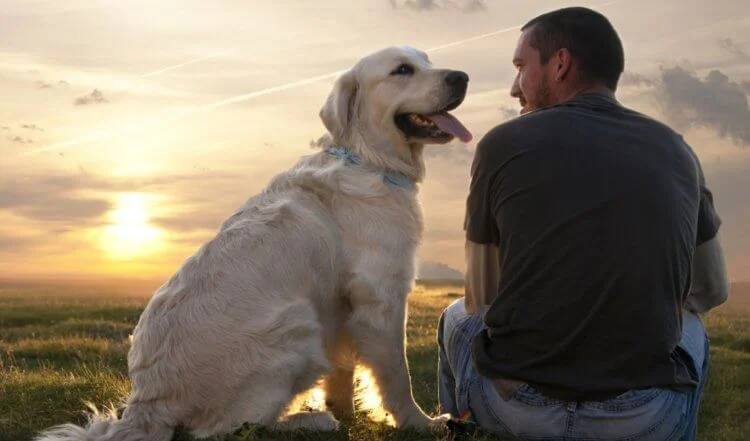Dogs have been living with humans for such a long time that they have learned to understand them quite well – they can pick up intonations, understand some words and gestures. That’s why nobody is surprised by a dog that can carry out commands. In addition, scientists have found that dogs remember some of the habits of their owners, even if they are not directly related to them. Also, dogs understand when they are cheated and can have feelings like jealousy. But the interesting thing is that they are able to distinguish between intentional and unintentional actions against them. It would seem that in order to understand another’s actions, whether accidental or special, one must also analyze another’s mental state, the reasons and motives for the actions. As scientists have recently established, dogs are capable of making such inferences. For a long time, it was thought that only humans could have such abilities. Of course, animals do this at a much more primitive level, nevertheless, this ability is surprising in the scientific world.

How dogs understand people
To find out if dogs are able to distinguish between intentional and accidental, Employees of the University of Göttingen and the Max Planck Society Institute for Human History conducted an experiment involving about fifty different dogs. The essence of the experiment was that the dogs were first fed and then stopped feeding, with the dog having to understand whether the situation arose intentionally or accidentally, that is, the “inability and unwillingness” paradigm was investigated.
Participants in the experiment received treats through a slit in a transparent screen. Each dog could stick its muzzle through the slit and take the treat from the person’s hand. But then the situation changed – in one case, the person bringing the treat to the slot, dropped it, as if just out of embarrassment; in the second case, the person jerked his hand and put the food near himself, as a result, the dog could see that the experimenter just did not want to feed the dog anymore. Also scientists provided for the third situation – they made the slot too narrow, so that the dog could not stick his muzzle through it. In this case the reason was objective – the dog could understand that the inability to give him food was not related to the wishes of the person.
Scientists suggested that if dogs really are able to distinguish between intentional and accidental actions, then they would show different reactions depending on the human’s actions.
The main indicator that dogs are capable of analyzing human actions for the researchers was the amount of time the dogs thought about whether or not to approach the treat slot. As the result of the experiment showed, the dogs did understand the human’s intentions and reacted differently depending on the situation. The authors write about this in their Scientific Reports article.
When the person didn’t want to feed the dog or the slot was too narrow, the dogs took longer to think about whether to approach the treat. In the face of reluctance, dogs stopped wagging their tails and more often just sat down or even lay down. If the person accidentally dropped the food, the dogs almost did not think twice about approaching the gap, as they expected to be given a treat anyway. In situations where the slit was too narrow, the dogs quickly guessed to go around the partition.
Dog experiment shows ability to analyze behavior
The research team acknowledges that their findings may be met with skepticism, so further research is needed to consider alternative explanations. The dogs may not have made their own decisions, but were guided by behavioral cues from the experimenters themselves. Also, their behavior may have been influenced by experiences from previous training sessions.
In addition, not all of the dogs that participated in the experiment reacted differently to the situation. Nevertheless, the difference in behavior was statistically significant. Preliminary conclusions can be made that, in part, dogs are indeed able to recognize the intentions that guide a person in his behavior. Recall that scientists have previously established that dogs are able to understand human speech.
Further experiments will help to clarify the situation, which we will follow and publish the results on our Yandex.Zen-channel, so subscribe so as not to miss it.




